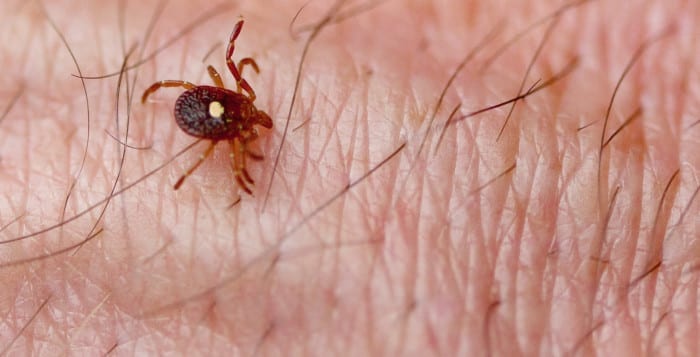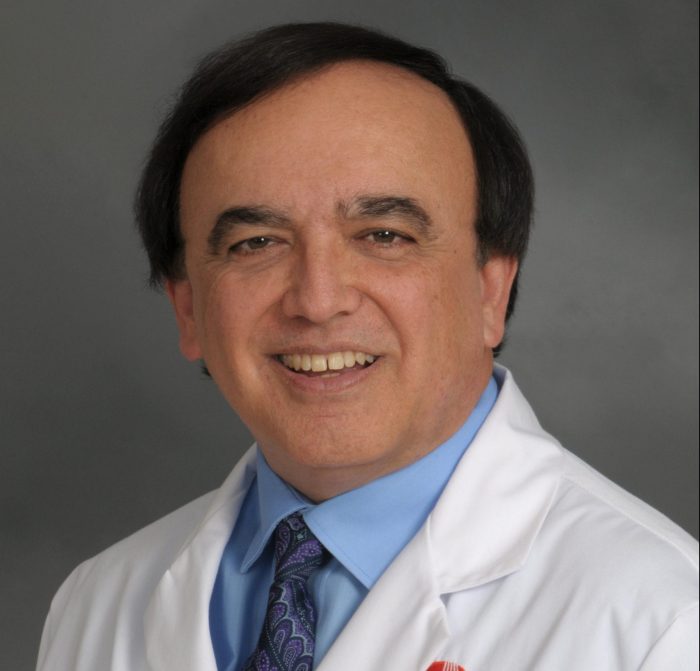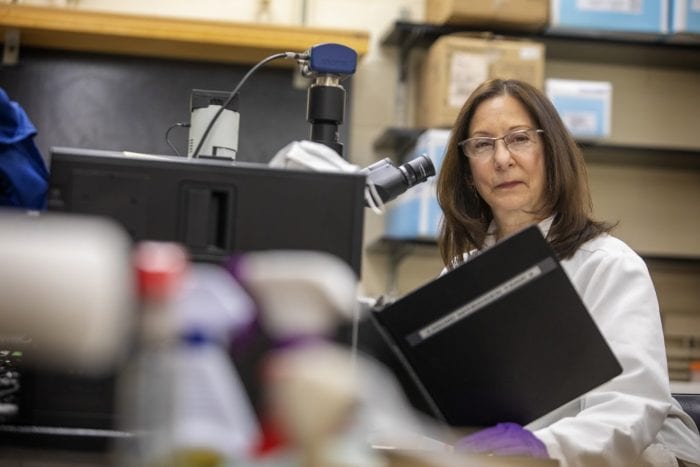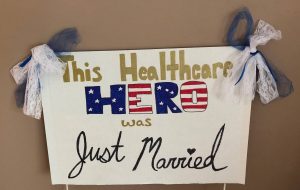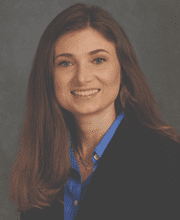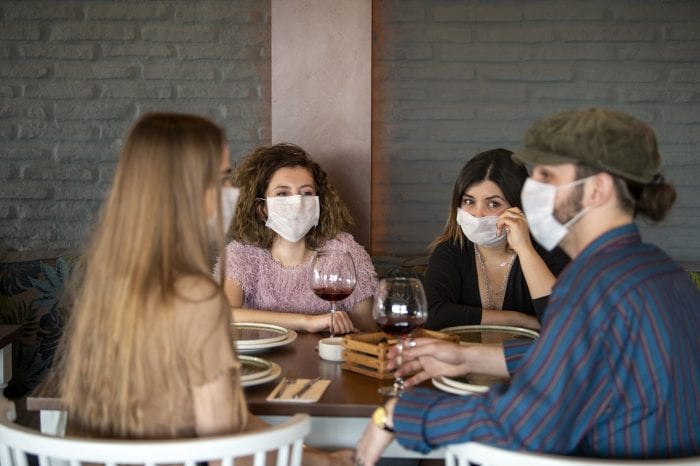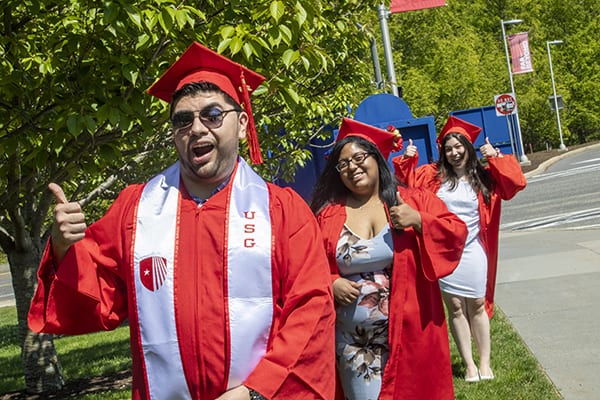As the days pass between near daily protests related to the killing of Minneapolis resident George Floyd by a former police officer charged with his murder, the number of positive tests for COVID-19 remains at low levels.
In the last day, the number of positive tests was 56 as the county tested 5,879 people for a 1 percent rate for positive tests.
“My guess is that you’re not going to see a spike [in positive tests for the virus] as a result of the lack of social distancing in protests,” County Executive Steve Bellone (D) said on his daily conference call with reporters. “I do believe if you have those face coverings on outdoors, that is very safe.”
After the county entered Phase Two of its reopening this past Wednesday, Bellone hopes to expedite the process of moving to Phase Three.
“We thought the most relevant comparison would be to communities upstate where there are dense populations around the cities, to see whether they had impacts in Phase TWo and compare those and provide that information,” Bellone said. Based on what he has seen from the numbers in other areas, he doesn’t see any cautionary signs elsewhere.
As for the viral numbers in the county, Bellone said they continue to move in a favorable direction.
The number of people in the hospital with COVID-19 declined by nine in the day ending on June 11, bringing the total to 125. The number of people in the Intensive Care Unit also declined, with two people leaving the ICU, bringing that total to 39.
Bed capacity remains comfortably below targeted levels, with 65 percent of hospital beds occupied and 55 percent of ICU beds occupied, both of which are below the 70 percent target.
An additional 18 people were discharged from the hospital in the last day.
Meanwhile, the number of people killed by complications related to COVID-19 increased by 2 to 1,947. This follows a day in which the number of people who died from complications related to the virus was zero for the first time since mid March.
Meanwhile, the county will continue to maintain a field hospital built by the U.S. Army Corps. of Engineers at Stony Brook University in the event that a second wave hits in the fall. If such an increase in viral cases hits Long Island at the same time as a difficult flu season, that could have a “devastating” impact on the health of the residents and the economy, Bellone said.
The county has not had to use that field hospital yet. If that facility, however, becomes necessary in the fall and into the winter, the county will add any necessary winterizing capacity.
Bellone continued to urge the federal government to help local governments, like Suffolk County, as they deal with the economic fallout from the virus. Bellone cited a municipal finance team’s report that estimated an economic hole that could be between $1.1 billion and $1.5 billion.
“We know we are in a recession right now,” Bellone said. “The numbers are cataclysmic in their impacts on local governments.”
Public health, public safety, and social services will all be “critical” in the days and months ahead, which will put tremendous strain on a county budget that depends on sales taxes that completely dried up after the county followed federal guidelines and shut down businesses to save lives and contain the spread of the virus.
“The good news is that our federal representatives are fighting for us in Washington to make sure the national government has done what it has always done throughout our history in times of need,” Bellone said.


